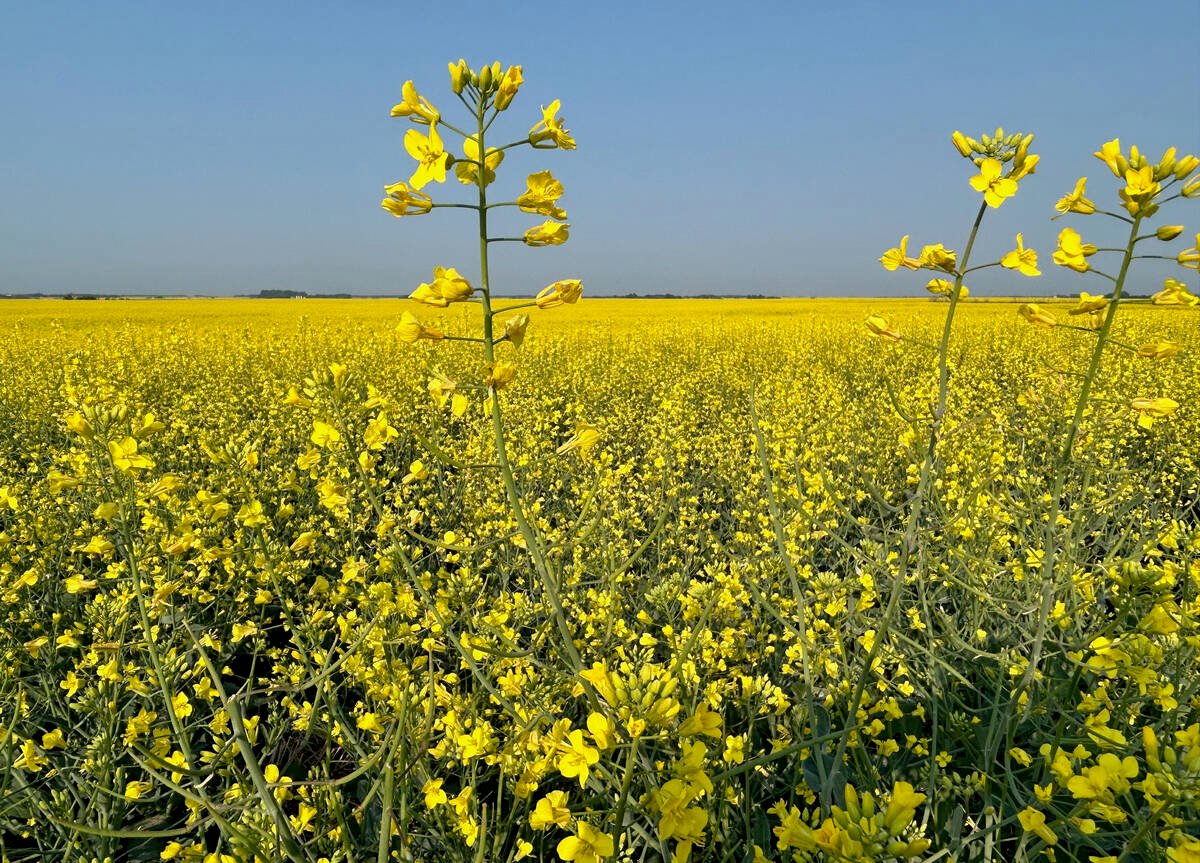BRUSSELS, Belgium – For five years, the European Union has been in legal limbo over genetically modified organisms.
It hit the panic button in 1998, calling a halt to trade in biotechnology products as public opposition to biotech exploded.
Green activists hogged the headlines, destroying fields planted with what they dubbed Frankenstein foods, while consumers balked at buyingGM foods in supermarkets across Europe. But the period of grace is fast coming to an end.
The European Commission, the EU’s executive, said it could be asking member states to vote on introducing new GM crops and food products by the end of the year.
Read Also

Record canola harvest expected
Anecdotal reports from agronomists, crop production advisors, landowners and grain industry reps, combined with provincial reports, indicates that canola yields could break the yield record set in 2016
In just a few weeks, the 15-nation bloc could be faced with a major political decision – whether to banish the ban and give new GM varieties the green light.
The EU is under intense international pressure as the pro-biotech United States, and other countries, are challenging the ban in the World Trade Organization.
EU officials have indicated that member states could vote first on allowing imports of two new types of GM corn for use in food production.
Green groups say a yes vote would find favour in the U.S., where corn farmers are the most vocal critics of the EU ban. They claim that the closed European market costs them nearly $300 million US a year in lost exports.
Five EU states – France, Greece, Luxembourg, Italy and Denmark – triggered the unofficial ban in 1998 by refusing to endorse any new GM crop.
This meant that no new GMOs pending approval could be imported or grown in the EU. Joined later by Austria, Belgium and Germany, the group of GM-skeptic states dictated events.
They insisted that the ban had to remain until the EU agreed to tough rules on planting GM crops and ensured the traceability and labelling of all GM food and feed. They said it was vital to give the wary European public the choice between GM and non-GM products on supermarket shelves.
The commission says all the major pieces in the GM puzzle are now in place.
Rules for growing GM plants are already in operation, while legislation for labelling food and animal feed containing GMOs is now being rubber stamped and should apply by early 2004.
Non-biotech food products will be allowed a maximum 0.9 percent GM content.
But the commission plan for rules on seed purity – it proposed a GM content of up to 0.7 percent for conventional and organic seeds – has been dashed due to member state demands for extra safety checks.
The earliest date for adoption of rules setting the permitted level of GM content in seed is now the first part of 2004.
Environmentalists say this would be a licence to pollute.
“Without seed purity, it will be impossible to prevent the genetic contamination of organic and conventional crops,” said Mauro Albrizio, vice-president of the European Environmental Bureau.
It is increasingly clear that while states may be prepared to allow new GMO imports for use in food production in the near future, growing biotech crops on a large scale in Europe is still a long way away.
So far, Spain is the only EU country to grow GM crops commercially.
Simon Barber of the biotech lobby group Europabio is pragmatic.
“We should be able to offer products to the marketplace but I don’t think the end is in sight for consumers,” he said. “We might have approval of products, but we’re not going to see a massive influx. It’s going to be slow and steady.”
Farm ministers are debating commission guidelines on limiting the spread of GMOs from biotech plants to organic and conventional crops in Europe’s fields.
Green groups want GMO-free zones to be created. While Italy and Austria favour this approach, the commission has already taken a tough stance. In September, it threw out a request from a region of Austria for a three-year ban on GM crops.
Biotech campaigners fear GM-skeptic states are using the issue to delay ditching the ban.
The commission insists that its GMO policy aims to give wary European consumers enough information to decide for themselves whether or not to buy GM products.
But the consumer is king and a farmer’s decision to grow a GM crop is made at the supermarket checkout.
According to a commission survey, more than 70 percent of EU consumers do not want to buy GM products.
“It’s ultimately down to the market,” said one senior commission official.
















